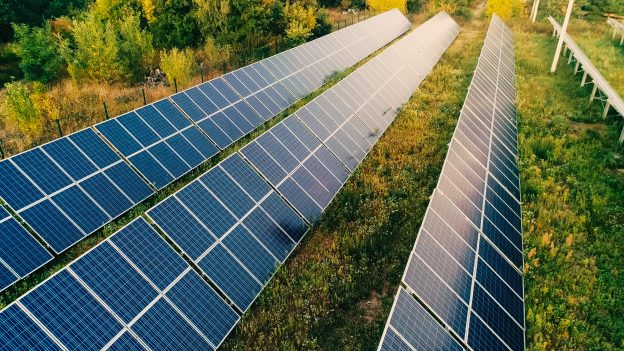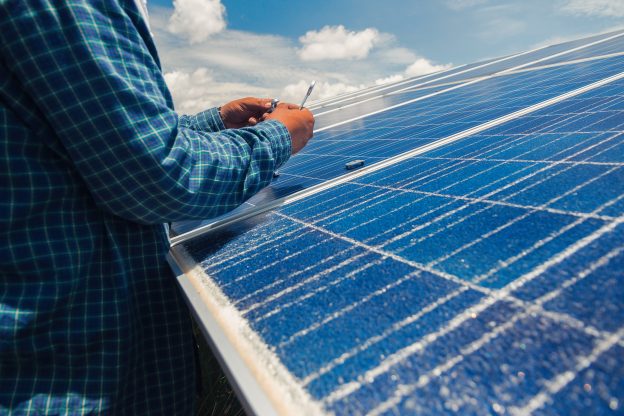Technological barriers in the production of POE (Polyolefin Elastomer) are considerable, resulting in our country’s reliance on imports for supply. However, there exists substantial potential for using home-made POE for substitution. The production threshold for POE is elevated, encompassing intricate technological challenges like catalyst advancement, solution polymerization processes, and the procurement of high-carbon α-olefin. Presently, these critical technologies are predominantly under the monopoly of foreign enterprises. Notably, metallocene catalysts hold prominence, while solution polymerization serves as the principal impediment to POE production. As of now, sizeable instances of metallocene catalyst development for POE or correlated polymerization process research and development are absent among domestic enterprises. Consequently, the domestic provision of POE relies heavily on imports, yet significant opportunities for domestic self-sufficiency persist.
The higher penetration rate of N-type modules within the solar energy sector propels a swift surge in POE demand. The photovoltaic (PV) film is a fundamental component of these modules and profoundly impacts their performance. Presently, the primary PV module encapsulation material is predominantly Ethylene Vinyl Acetate (EVA) film. In contrast, POE film outshines EVA in terms of Anti-Potential Induced Degradation (PID) attributes and water vapor resistance. Notably, POE film emerges as the mainstream encapsulation material for contemporary bifacial glass modules and harmonizes more effectively with N-type cell modules during encapsulation. With the escalating market share of bifacial and N-type cells, the requirement for POE film is poised for robust growth. Our projections indicate that in 2023 and 2024, global demand for POE film will engender 49 million and 72 million tons of POE particles, respectively. Given the restricted availability of fresh domestic and foreign production capacity, the balance between POE supply and demand is anticipated to be taut.
Domestic production of POE is on the horizon, ushering in promising prospects for relevant enterprises to capitalize on the burgeoning adoption of N-type photovoltaic modules. Soon, Chinese enterprises will introduce domestically manufactured POE solutions. In a significant development, Wanhua Chemical successfully concluded a pilot test for kiloton-scale POE production in September 2021. Its plans encompass the initiation of two 200,000-ton mass production units slated for operation between 2024 and 2025. STL, on the other hand, achieved a milestone with the prosperous pilot test of its 1,000-ton α-olefin industrial facility. The company is poised to embark on the production of 100,000 tons of α-olefin and POE apparatus by the close of 2021. Furthermore, STL's ambitious expansion agenda includes the establishment of three additional 200,000-ton POE plants in June 2023. Rongsheng Petrochemical also declared intentions to construct a pair of 200,000-ton POE plants. Eastern Shenghong unveiled an operational 800-ton POE pilot line, with future prospects indicating a planned capacity of 500,000 tons. Dingjide unveiled plans for a substantial 400,000-ton POE project. Notably, Chambroad, Maoming Petro-Chemical, Chengzhi, Wison, and other enterprises have equally outlined POE pilot line or production initiatives. The culmination of these efforts is anticipated to pave the way for the gradual domestic production of POE film commencing in 2024.







